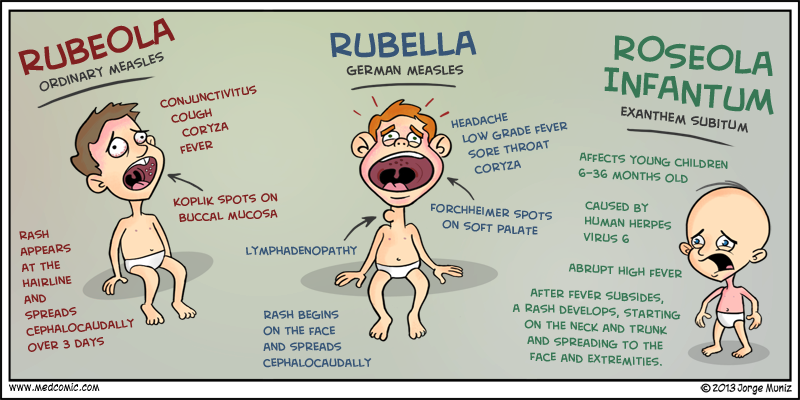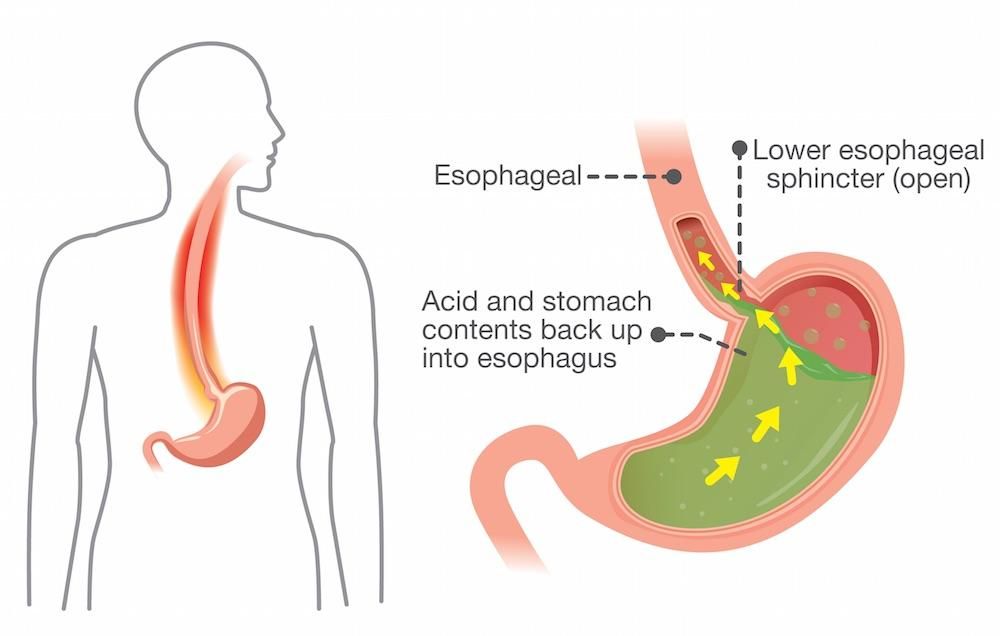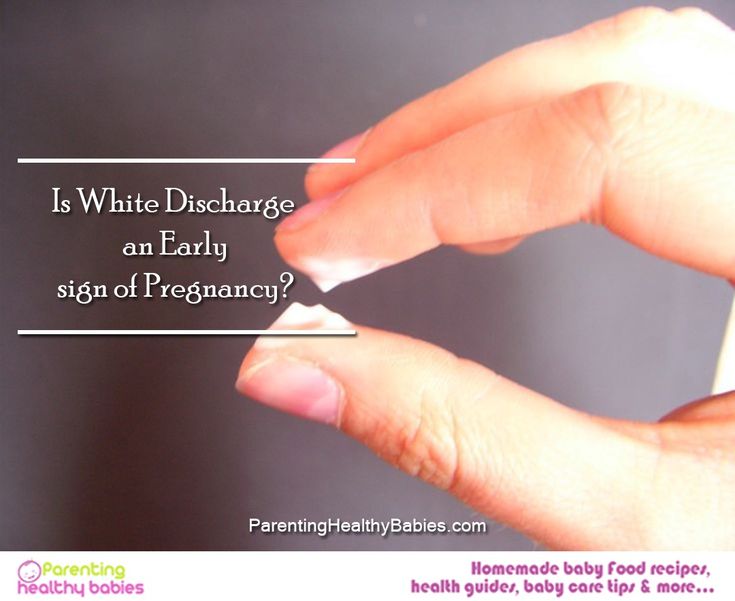Difference between spotting and miscarriage
Symptoms, signs and what to expect if you have one
What does a miscarriage look and feel like? Here are the warning signs of a miscarriage and what to do if you think you're having symptoms.
When I was six weeks pregnant with my first baby, I went horseback riding. My little palomino mare was normally pretty calm, but on this day we were stalked by an annoying horsefly, and in her attempts to get rid of it she managed to buck me off. I wasn’t hurt, just bruised, and I trudged through the woods until I caught her. The next morning, still sore from the fall, I noticed spots of blood in my underwear. My heart sank as I wondered if this was one of the signs of miscarriage.
Miscarriage symptoms can vary, but the most common signs are spotting or bleeding, pain or cramping and unexpected vaginal fluid or tissue.
What is a miscarriage?
Miscarriage, also called “spontaneous abortion”, is the loss of a pregnancy before 20 weeks. Up to one in four of all pregnancies end in a miscarriage; however, in many cases the woman may not have even known she was pregnant.
The rate of miscarriage in known pregnancies is lower, about 10 percent. Most miscarriages—80 percent—happen in the first trimester, or before 13 weeks. This is called an “early miscarriage.” The loss of a baby after 20 weeks is called a stillbirth.
If you’re wondering if miscarriages are more common now than a few decades ago, OB-GYN Haim Abenhaim of McGill University explains that pregnancy tests now let people know they are expecting very early in the pregnancy. Before tests were this sensitive, a woman who had an early miscarriage might not have known she was pregnant and simply assumed her period was late when she started bleeding, he explains.
So how do you know if you’re having a miscarriage?
Signs and symptoms of miscarriage
What does a miscarriage look like?
Vaginal bleeding
“The first warning sign of a miscarriage is usually bleeding,” says Abenhaim.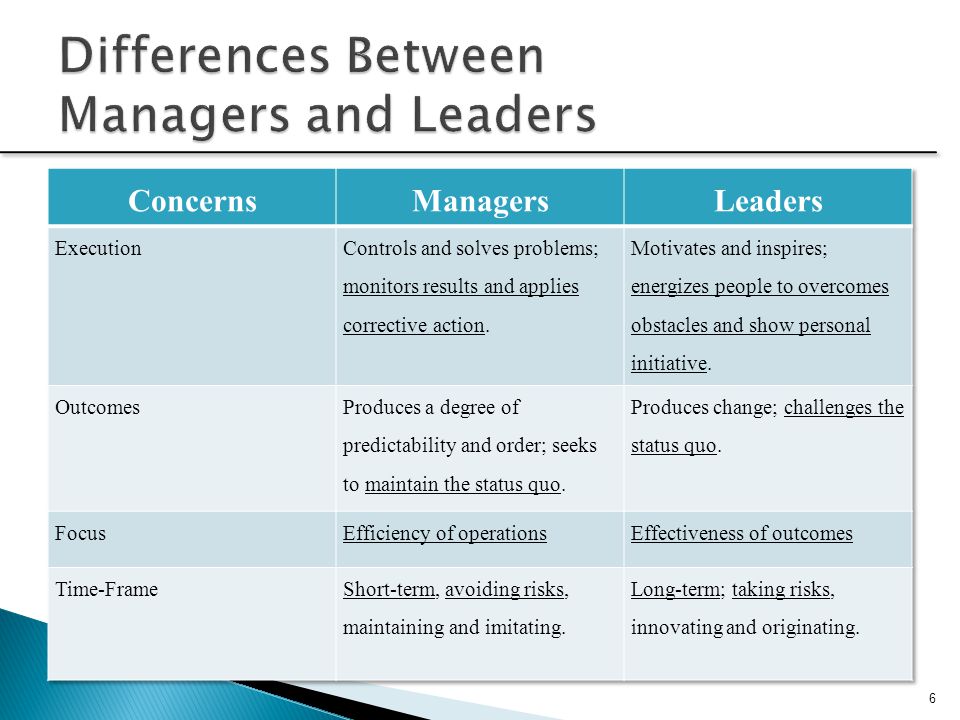 That doesn’t mean if you notice some spotting, you’re necessarily having a miscarriage though. A few spots of blood on your underwear in the first trimester is common, he explains. Miscarriage is more likely if the bleeding progresses from light spotting to something more like a normal period; if the colour is bright red rather than brownish, or if you are also feeling cramping.
That doesn’t mean if you notice some spotting, you’re necessarily having a miscarriage though. A few spots of blood on your underwear in the first trimester is common, he explains. Miscarriage is more likely if the bleeding progresses from light spotting to something more like a normal period; if the colour is bright red rather than brownish, or if you are also feeling cramping.
What does a miscarriage feel like?
Uterine Cramping
Cramping during pregnancy can be normal and is not necessarily a sign of miscarriage. “That crampy feeling may just be the uterus expanding,” explains OB/GYN Alison Barrett. They may also be what are called Braxton-Hicks contractions, which tend to start earlier with each pregnancy.
However, cramps or contractions that become progressively stronger may indeed be a sign of miscarriage.
Sharp or persistent pains
There’s a lot going on inside your body during pregnancy, so it’s probably not surprising that you’ll experience occasional aches and pains, which might feel sharp and stabbing, or like a dull ache.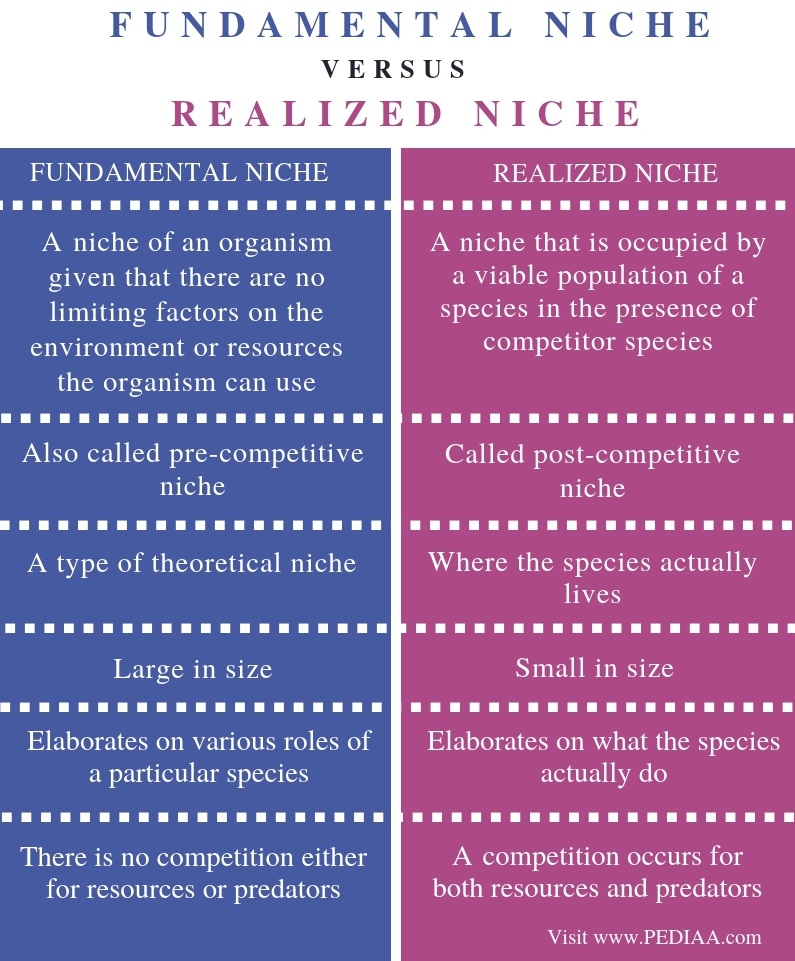 Your growing uterus is pushing other organs out of the way and stretching the tendons that hold it in place, and that can be quite uncomfortable at times.
Your growing uterus is pushing other organs out of the way and stretching the tendons that hold it in place, and that can be quite uncomfortable at times.
Another possible cause of persistent or intermittent pain is a bladder infection—something women are more prone to during pregnancy and which should be treated. “On the other hand, pain in the abdomen can also be a sign of a tubal pregnancy,” says Barrett. “So if you are experiencing persistent pain, you should see your doctor or midwife to rule out any problems.”
No more nausea
Sarah Johns had a healthy first pregnancy, but she was nauseous from beginning to end. When she conceived again, the nausea hit at around five weeks. “I was incredibly sick, and my doctor prescribed medication so that I could cope,” she says. She braced herself for eight more months of barfiness.
But at around 11 weeks, Johns started to feel less sick. She wasn’t relieved though—the dramatic decrease in nausea worried her. Johns got an ultrasound that confirmed the baby had died.
Johns got an ultrasound that confirmed the baby had died.
Abenhaim stresses, though, that in most cases it’s quite normal for “morning sickness” to end at around twelve weeks and it doesn’t necessarily indicate a sign of miscarriage.
Not feeling pregnant
What about the other typical symptoms of pregnancy, like tender breasts, tiredness and frequent urination? Is it a bad sign if these symptoms disappear?
Not necessarily, says Barrett. Every pregnancy is different. For example, your breasts will be most uncomfortable during your first pregnancy because they are growing and developing the duct system that will produce milk for your baby. During a second or third pregnancy, especially if it’s soon after the first, there will be less growth and development—so less tenderness.
Some of the improvement can simply be the natural progression of the pregnancy. During the first trimester, the growing uterus puts a lot of pressure on your bladder, so you need to pee frequently. Once the uterus has grown a bit bigger, it comes out of your pelvis and the pressure on your bladder eases up. Similarly, many women feel much more energetic as they enter the second trimester.
Once the uterus has grown a bit bigger, it comes out of your pelvis and the pressure on your bladder eases up. Similarly, many women feel much more energetic as they enter the second trimester.
However, Barrett adds, when a miscarriage is inevitable, women may notice an overall difference in how they feel. When the baby dies, the placenta stops producing the hormones that cause the familiar symptoms. Many women describe suddenly or gradually feeling their bodies change, and knowing that the pregnancy has ended.
Can miscarriages be prevented?
Most miscarriages are caused by genetic abnormalities and can’t be prevented.
However, a healthy lifestyle can help. A Danish study published in 2011 followed over 100,000 women from the beginning of their pregnancies. The study identified a number of risk factors that may increase the risk of miscarrying, including binge drinking, drinking large amounts of coffee, smoking (but not nicotine replacement treatments—good news for those trying to quit!), being overweight or underweight before conception, and lower education.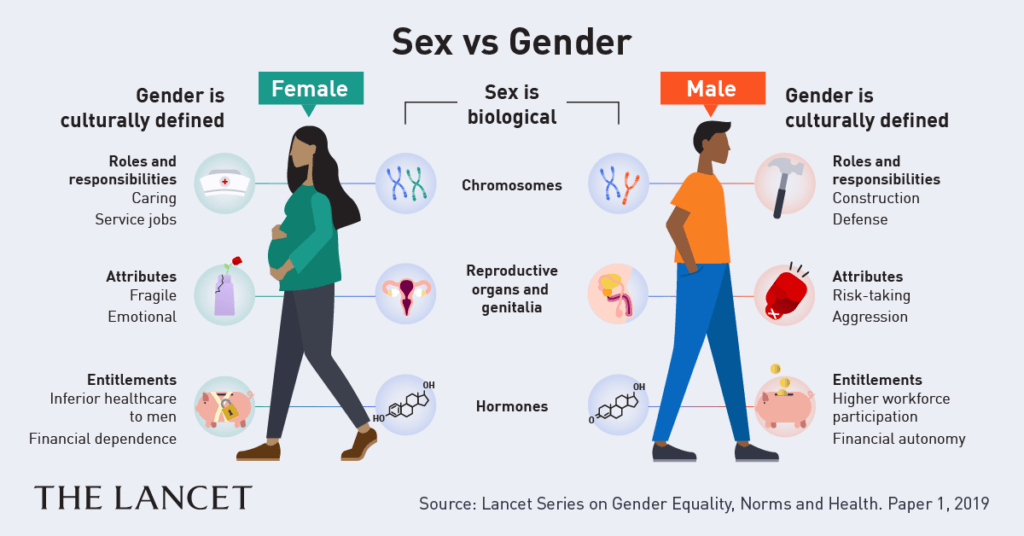 Some of the results were a bit surprising: Working night shifts was also a risk factors, and so was the age of the baby’s father if he was 45 or older.
Some of the results were a bit surprising: Working night shifts was also a risk factors, and so was the age of the baby’s father if he was 45 or older.
If you think you’re having a miscarriage
“I tell mothers, ‘It isn’t over until it’s over,’” Barrett says. “Sometimes you have symptoms that seem pretty scary, and yet the pregnancy continues.”
Abenhaim says that an ultrasound provides the best confirmation of whether a miscarriage is inevitable or not. He encourages women to see their doctor if they are concerned, because in certain situations, prompt care may prevent a miscarriage. If you have had three or more miscarriages, or miscarry after 12 weeks, he recommends seeing a specialist who may be able to determine underlying causes and help reduce the risk with your next pregnancy.
He also stresses the need for emotional support. “A miscarriage is very difficult for most women,” he says. “Even though they are common, and even though they are usually not caused by anything the mother has done, a miscarriage can be devastating. ”
”
Even though miscarriages are fairly common, the majority of pregnancies continue just fine despite worrying symptoms. When the baby and pregnancy are healthy, even a fall from a horse isn’t likely to cause a problem. Although I was pretty nervous when the spotting that I had after getting bucked off lasted for two or three days, a visit to the doctor confirmed everything was fine, and my nine-pound baby boy arrived safe and sound, two weeks after his due date.
Your Pregnancy Week by Week
Subscribe to Today’s Parent’s pregnancy newsletter for weekly updates on baby’s development, how you’re feeling and what to expect next.- Email*
- Your child's due date*
Month223456789101112
Day12345678910111213141516171819202122232425262728293031
Year2025202420232022
- CAPTCHA
- Consent*
Yes, I would like to receive Today's Parent's Pregnancy by Week newsletter.
 I understand I can unsubscribe at any time.**
I understand I can unsubscribe at any time.**
FILED UNDER: bleeding health service seo Miscarriage Pregnancy pregnancy loss pregnancy symptoms
Implantation bleeding vs miscarriage - Flo
Bleeding during pregnancy can be worrying, but it doesn’t necessarily mean anything bad is happening. In fact, quite the opposite can be true.
If implantation bleeding isn’t on your radar, it’s not because you weren’t paying attention in biology class. Lots of us don’t know much about the spotting or bleeding that can take place when a fertilized egg implants in the uterine lining. We’ll get you up to speed quickly below.
Though bleeding isn’t uncommon in early pregnancy – the American College of Obstetrics and Gynecology (ACOG) suggests it happens in 15% to 25% of pregnancies — it can be tricky to tell the difference between implantation bleeding vs miscarriage or even a period in some instances.
Understanding what implantation bleeding looks and feels like can not only help to clue you in about one of the earlier signs of pregnancy. Knowing how to recognize implantation bleeding vs miscarriage symptoms will also help ensure you access medical help when you need it.
Here, Dr. Jennifer Boyle, OB-GYN (obstetrician and gynecologist) at Massachusetts General Hospital, talks us through what implantation bleeding is. She also shares some of the other causes of bleeding in early pregnancy, how to recognize implantation bleeding vs miscarriage, and what to do if you’re concerned.
What is implantation? What is implantation bleeding?
Implantation occurs when a fertilized egg travels down the uterine tubes and embeds itself into the uterine lining. By this stage, the fertilized egg will have become a ball of rapidly dividing cells known as a blastocyst. Implantation typically occurs 6 to 10 days after conception, and it’s not uncommon for some women and people who menstruate to experience implantation bleeding during this process.
“Implantation bleeding refers to bleeding that happens around the time that the fertilized egg burrows into the endometrium or uterine lining,” explains Dr. Boyle. “We do not know why some women experience implantation bleeding, and others don’t,” she adds. Implantation bleeding is thought to occur in around a quarter of pregnancies.
When implantation bleeding does happen, it tends to occur because the uterus and its lining become more sensitive during early pregnancy, explains Dr. Boyle. The process of implantation can cause some small blood vessels in the uterine wall to rupture, which is where the blood comes from.
Interestingly – and confusingly – implantation bleeding tends to occur around the time a person would expect to have their next period, according to Dr. Boyle. This can make it tricky to determine whether you’re pregnant or not, but bear in mind that implantation bleeding will be lighter and will stop much sooner than a typical menstrual cycle, which continues over several days. Implantation bleeding also doesn’t come with typical period-related symptoms such as acne and bloating (although breast tenderness is the one symptom that you might notice accompanying both).
Implantation bleeding also doesn’t come with typical period-related symptoms such as acne and bloating (although breast tenderness is the one symptom that you might notice accompanying both).
Understanding the timing of your cycle can also be helpful in determining what your body is experiencing. A cycle tracking app like Flo can help you predict when you’ve ovulated and can therefore give you some idea about whether your bleeding is more likely to be implantation bleeding (if it’s around two weeks post-conception), a regular period, or something else entirely.
What does implantation bleeding look and feel like? Is it different from early miscarriage symptoms?
Noticing you’re bleeding during early pregnancy can be alarming, and it’s totally natural to feel anxious. But if you’re clear on the hallmarks of implantation bleeding, it might help you to keep calm in the moment. Bear in mind that everyone’s bodies work in different ways, so some people may stray from what’s expected, but generally, you’re looking out for the following if it’s implantation bleeding:
- The color of implantation bleeding tends to be more pinkish or brownish in color than it might be if you were experiencing a miscarriage.

- The consistency is generally different too, with no clots.
- “Implantation bleeding should be light or spotting and should not be associated with pain,” says Dr. Boyle.
- “It may be noticed only once or a few times in a single day and certainly shouldn’t last more than two or three days at the very most,” she adds.
When is bleeding in early pregnancy a sign of a miscarriage? What are the other symptoms of miscarriage?
Bleeding in early pregnancy can easily make you jump to worrying conclusions, especially if it’s accompanied by other symptoms that are linked to pregnancy loss (more on those below). If you’ve confirmed you’re pregnant and have ruled out implantation bleeding due to timing, it’s wise to reach out to a medical provider immediately.
“If you know you are more than four weeks pregnant, meaning more than two weeks from when you ovulated, then any bleeding you have is not implantation bleeding,” advises Dr. Boyle.
Sometimes, a miscarriage won’t display any obvious symptoms.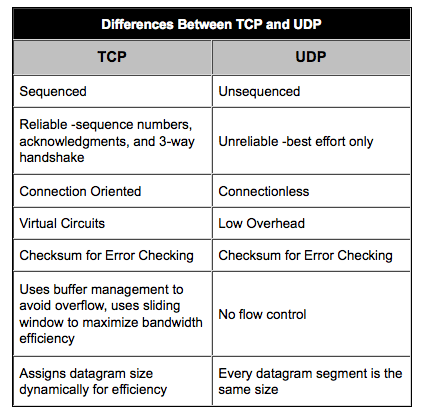 But common signs that you’re miscarrying can include heavy bleeding along with the following:
But common signs that you’re miscarrying can include heavy bleeding along with the following:
- Cramping
- Pain in the lower abdomen
- Discharge of fluid or tissue
Your health and safety are paramount, so if you’re experiencing any of these symptoms, a medical professional can confirm if you’re having a miscarriage, and if so, talk you through options (whether you opt for surgery or allow the miscarriage to continue naturally).
It can be devastating to learn that a pregnancy — whether it’s longed-for or not — has ended, especially if you’re also experiencing discomfort with some of the physical symptoms. While it may not come as much solace, miscarriages are very sadly quite common. It’s estimated that approximately one in every four pregnancies ends in miscarriage, so you’re not alone in any feelings of grief you might experience.
The most important thing to know is that you shouldn’t blame yourself. Dr. Boyle emphasizes to all her patients that if a miscarriage occurs, it wasn’t because of something they did. Miscarriages are not caused by sex, exercise, lifting, caffeine, stress, or having had an alcoholic drink prior to knowing you were pregnant. “Although it is normal to have these thoughts, you did not cause it and could not have prevented it,” Dr. Boyle assures. Remember that.
Miscarriages are not caused by sex, exercise, lifting, caffeine, stress, or having had an alcoholic drink prior to knowing you were pregnant. “Although it is normal to have these thoughts, you did not cause it and could not have prevented it,” Dr. Boyle assures. Remember that.
“Miscarriages are outside the realm of what medicine and science can prevent. Having come to the doctor earlier wouldn’t have changed the outcome,” the doctor continues. “The overwhelming majority of miscarriages are caused by genetic or chromosomal errors that occur when the sperm fertilizes the egg,” she says.
Does implantation bleeding increase chances of miscarriage?
In short: no. The only confirmed link between implantation and a miscarriage is that both can be characterized by some blood loss — and that’s not always the case, anyway.
“Implantation bleeding does not increase the risk of a miscarriage,” says Dr. Boyle. “Bleeding from a miscarriage will usually be heavier and will be associated with cramping. Implantation bleeding will only occur at about four weeks of pregnancy, so bleeding that occurs later is not implantation bleeding,” she reminds.
Implantation bleeding will only occur at about four weeks of pregnancy, so bleeding that occurs later is not implantation bleeding,” she reminds.
Rest assured that having one miscarriage doesn’t always increase your risk of having another, either. If you were to sadly experience more than one miscarriage, however, you may have an elevated risk of having pregnancy loss in the future, and it may be that there’s something else at play. In this case, your health care provider may offer some tests to find out what’s going on.
“Most of the time, we will not find any explanation for why someone has experienced this. However, testing can sometimes reveal risk factors for miscarriage, and then, in some cases, treatments can be offered that might help lower the risk of another miscarriage,” she notes.
Some of the most common risk factors for miscarriage include:
- Older maternal age
- Being overweight
- Thyroid abnormalities
- Diabetes
- Hormonal problems
- Uterine abnormalities such as a uterine septum (an abnormal tissue band in the center or cavity of the uterus)
How to cope after miscarriage
A miscarriage can feel like physical and emotional agony.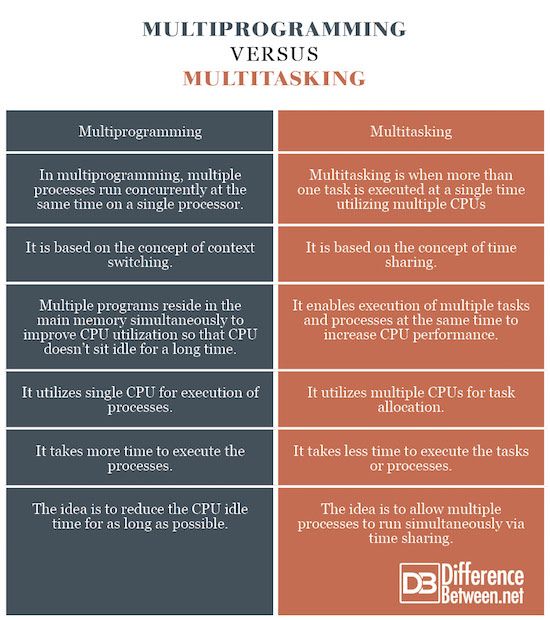 And while you most certainly won’t be the only one to have experienced something like this, it can still feel like a very isolating time.
And while you most certainly won’t be the only one to have experienced something like this, it can still feel like a very isolating time.
As Dr. Boyle explains: “Miscarriage is a loss. It is a loss of a pregnancy and future baby you thought you would have. It is important to get through the process physically, which can sometimes be hard too, but then to make sure that you take care of your emotional health as well.”
She recommends talking about the loss. You may discover others who have gone through similar situations and later delivered healthy babies, which may provide some comfort. Healing and recovering after miscarriage are important, but there’s no “one size fits all” approach to how to deal with the loss. Some people benefit from taking time off work, while others find it helps to get back to their normal routine.
“I try to acknowledge the loss that patients are experiencing and validate their feelings. We want to let them know that we feel confident that they will have a good outcome in the future but do not want to dismiss the pain they are feeling now.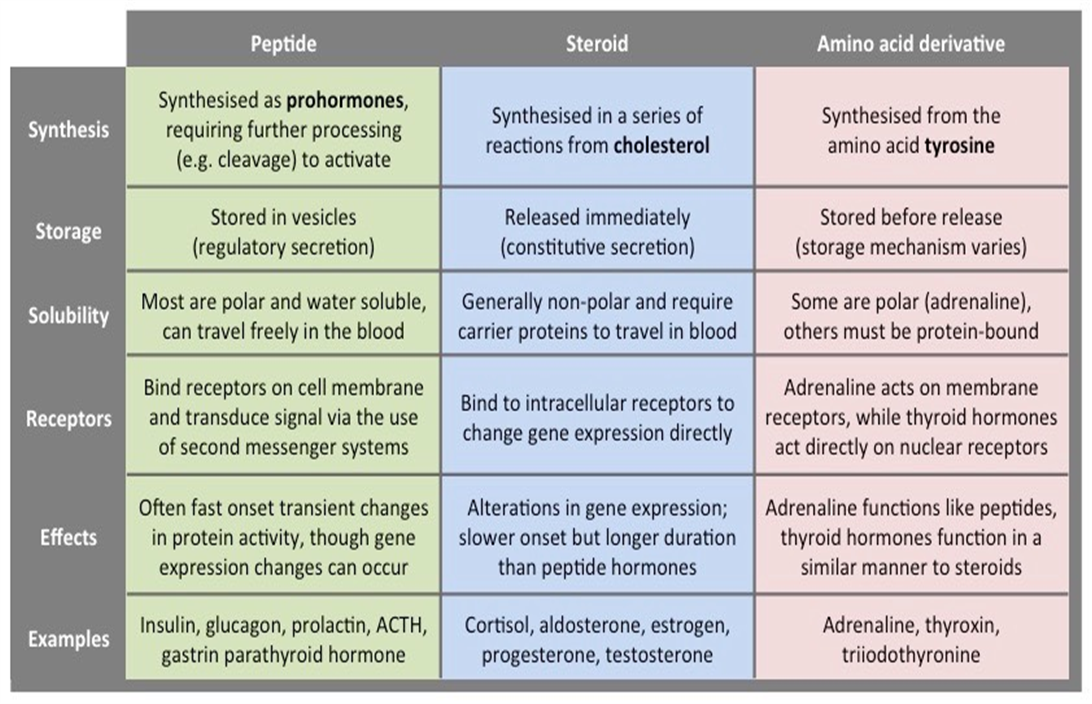 ”
”
"Miscarriage is a loss. Make sure that you take care of your emotional health as well."
The loss of a pregnancy can be challenging for a relationship, too. Partners experience the loss as well, but they may react differently, partly because they don’t have the same hormonal changes going on. Encouraging patience and understanding with one another is key to working through this together.
When it comes to optimizing your physical health during and after a miscarriage, Dr. Boyle suggests continuing to take prenatal vitamins. This can help the body recover from extra bleeding thanks to iron, while folic acid will help lower the risk of neural tube (brain and spine) defects in a future pregnancy.
If you’re struggling after pregnancy loss and feel you could use some additional support, the following organizations in the US, UK, Australia, and Canada could help:
- National Share Pregnancy and Infant Loss Support
- Miscarriage Association UK
- The Ectopic Pregnancy Trust
- PILSC Pregnancy and Infant Loss Support Center
- SANDS
- The Pink Elephants Support Network
Is early pregnancy bleeding common?
Bleeding in early pregnancy may feel distressing, but it’s actually relatively common. Figures vary, but one medical study in which women tracked their symptoms daily while trying to become pregnant showed that light bleeding or spotting occurred in about 9% of pregnancies. ACOG puts the number a lot higher, stating that “bleeding in the first trimester happens in 15 to 25 in 100 pregnancies.”
Figures vary, but one medical study in which women tracked their symptoms daily while trying to become pregnant showed that light bleeding or spotting occurred in about 9% of pregnancies. ACOG puts the number a lot higher, stating that “bleeding in the first trimester happens in 15 to 25 in 100 pregnancies.”
According to Dr. Boyle, there are various reasons someone might bleed in early pregnancy, aside from implantation bleeding or early miscarriage symptoms. Some bleeds result from changes to the cervix in early pregnancy, which “can often become much more sensitive.” Other possible causes of bleeding include:
- Cervical or vaginal infections and sensitive blood vessels at the cervix
- Bleeding after a pap test or speculum exam (more common)
- Bleeding after sex that is light/spotting without any cramping (unlikely to be a sign of a miscarriage)
Generally, these causes are nothing to worry about. “However, if you haven’t had an exam to let you know your pregnancy is healthy yet, you should take any bleeding that happens in pregnancy seriously,” Dr. Boyle stresses.
Boyle stresses.
If your pregnancy bleeding is accompanied by certain other symptoms, it might be a sign of an ectopic or tubal pregnancy, which is a dangerous health condition in which a pregnancy grows in the wrong location. In an ectopic pregnancy, other symptoms may include:
- Cramps in the lower abdomen, sometimes on one side
- Lower back pain
- Lightheadedness, nausea, and vomiting
- Shoulder pain
“Bleeding that is heavy, has pain, or doesn’t go away quickly is always a reason to get medical care right away,” Dr. Boyle advises.
Implantation bleeding vs miscarriage: The takeaway
While bleeding in early pregnancy isn’t all that uncommon, there are things to look out for that can help you determine whether any bleeding you’re experiencing is implantation bleeding vs miscarriage.
Implantation bleeding is a light spotting that lasts up to a couple of days and tends to occur when your period might be expected. Miscarriage (or ectopic pregnancy), on the other hand, typically occurs after four weeks of pregnancy and may be accompanied by additional symptoms like cramping and tummy pain. If you are experiencing a miscarriage, surround yourself with all the love and support you need and be kind to yourself: whatever emotions you are feeling are completely natural.
Miscarriage (or ectopic pregnancy), on the other hand, typically occurs after four weeks of pregnancy and may be accompanied by additional symptoms like cramping and tummy pain. If you are experiencing a miscarriage, surround yourself with all the love and support you need and be kind to yourself: whatever emotions you are feeling are completely natural.
Hopefully, having more knowledge on these causes of early pregnancy bleeding might help you to feel calmer in the situation. But the main thing to remember is that if you’re unsure about any bleeding you’re experiencing, contact a medical provider right away. It’s always the right thing to do for your health.
Written by Jennifer Barton
Different color of blood during menstruation: what does it mean?
The menstrual cycle is a very important part of women's health, and you can learn a lot about your state of health, primarily about the work of the reproductive organs, by the regularity, length, and discharge of the cycle.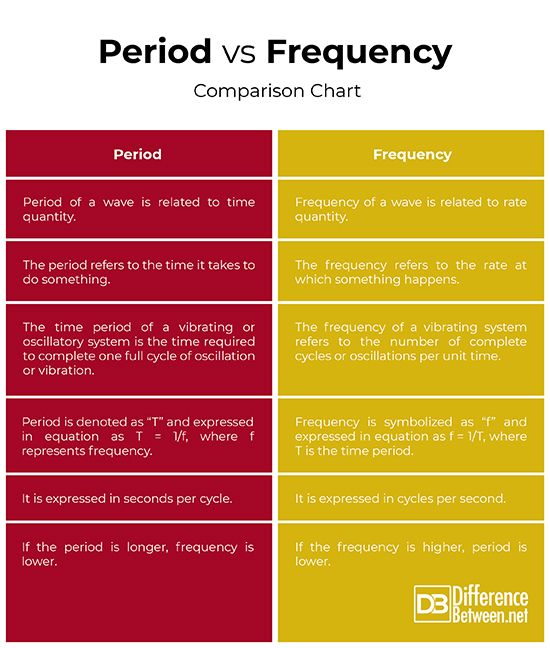
Menstrual blood can be of different colors: bright red, brownish, black and even orange.
Although most color variations can be considered normal or healthy, some may be signs of serious health problems and should be a reason to see your doctor. nine0003
Important! If you notice blood of an unusual color at any time during your cycle, you should consult a gynecologist for advice.
Normal menstrual blood is: black, brown, dark red, bright red, pink and orange
Let's sort it out in order
1. Brown spotting
nine0002 Brown spotting of all shades during menstruation is a sign of "old blood": it was red, but simply oxidized due to the fact that the discharge is not too abundant and it took a long time to leave the uterus.Brown blood may be related to:
-
beginning and end of menstruation
-
lochia
-
pregnant (sign of stopped bleeding: urgent medical attention!)
-
missed pregnancy (need to see a doctor urgently)
2. Dark red blood
Dark red blood
Dark red blood often happens after you wake up or move after prolonged sitting or lying down
A dark color may simply mean that the blood has simply been in the uterus for a long time, but not long enough to oxidize and turn brown. nine0003
Therefore, often in women, the blood darkens towards the end of menstruation, when the volume of bleeding decreases.
Dark red color of blood is typical for:
3. Bright red blood
Bright red blood often occurs at the beginning of menstruation when bleeding is most intense
The color of the blood may be the same throughout the period of menstrual bleeding or become darker towards the end. nine0003
Bright red blood color may also be associated with:
-
infections - for example, with chlamydia or gonorrhea, there are bleeding between periods, if you see bleeding before the expected start of menstruation, then it is better to consult a gynecologist for advice.

-
pregnancy - if you are pregnant and notice spotting, you should consult your doctor to rule out miscarriage, pathology or infection. nine0003
-
polyps and fibrosis - these non-carcinogenic neoplasms can cause intense periods or bleeding in other phases of the menstrual cycle, as well as cause a feeling of pressure inside and pain, a consultation with a gynecologist is necessary.
4. Blood pink
Menstrual blood may be pink at the beginning or end of your period, especially if you have spotting
A light color most likely means that the blood has simply mixed with cervical secretions, simply making the color of the blood less intense.
Pink and light red blood color may also be associated with:
-
postpartum hemorrhage (lochia)
-
low estrogen
-
bloody spotting in the middle of the cycle during ovulation
nine0040 -
miscarriage
-
bloody discharge after fertilization of the egg
5.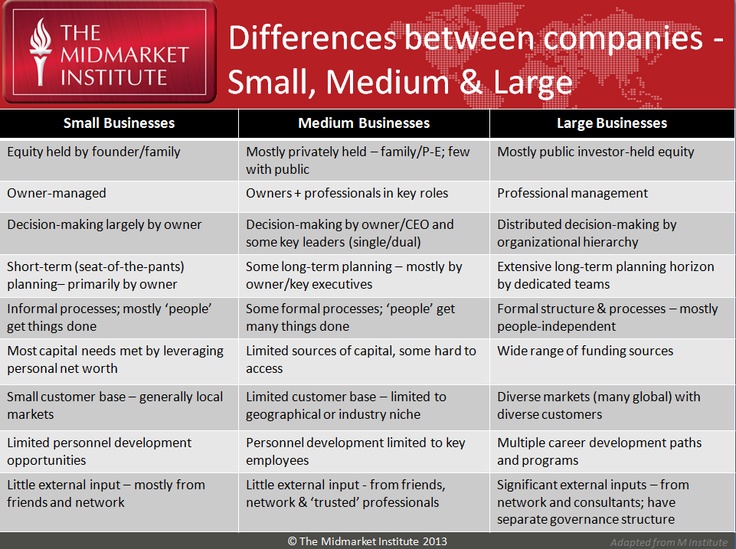 Orange
Orange
When blood mixes with cervical discharge, it may also have an orange tint, so that the causes of blood of this color are the same as those of pink and light red discharges.
Orange blood color may also be associated with:
nine0036spotting after fertilization of the egg - some women report orange or light red and pink spotting shortly after fertilization or 10-14 days after fertilization. This does not happen to all women, but if you notice spotting that does not develop into menstruation, then it makes sense to take a pregnancy test.
Infections - any unusual color of discharge may be a sign of a bacterial infection or STD. nine0003
6. Gray
Gray color of blood may be related to:
-
Infections - This shade may mean you have a bacterial infection. Other signs of infection are fever, pain, bad breath, and itching.
-
miscarriage - if you are pregnant, then this color of discharge may be associated with a miscarriage.

nine0002 Important! If you notice gray or off-white spotting, you should contact your gynecologist.
7. Black
Despite the fact that black blood looks scary, it is not necessarily a sign of a pathological process in the body.
Black becomes the blood that slowly left the uterus. Such secretions may look like coffee grounds and be jelly-like. nine0003
Infections such as gonorrhea and chlamydia can cause bleeding between periods
If you see blood before your period, it makes sense to see a doctor.
During pregnancy, bleeding may or may not be a cause for concern. Sometimes this can be a sign of a miscarriage, and sometimes not: each case is unique so during pregnancy you should see your doctor whenever you have any kind of bleeding. nine0003
Another cause of heavy bleeding during menstruation or other phases of the menstrual cycle may be polyps or fibrosis. These benign growths can cause such symptoms, as well as a feeling of pressure and pain.
These benign growths can cause such symptoms, as well as a feeling of pressure and pain.
Important! If you notice any unusual discharge from the vagina, whether it is blood or not, during menstruation or not, then it is better not to wag your nerves, looking for possible causes on the Internet, but to consult a professional doctor for advice. nine0003
Any unusual discharge of (unusual texture, odor, or occurring at an unusual time) may be a sign of a sexually transmitted infection or disease. Take care of your health, you have only one and remember: it is easier and easier to treat any disease if treatment is started as soon as possible after it is discovered!
Menstruation during pregnancy - maternity hospital "Leleka"
Young women often wonder if they can be pregnant and menstruating at the same time. Indeed, during pregnancy, some women experience spotting, which is mistaken for menstruation.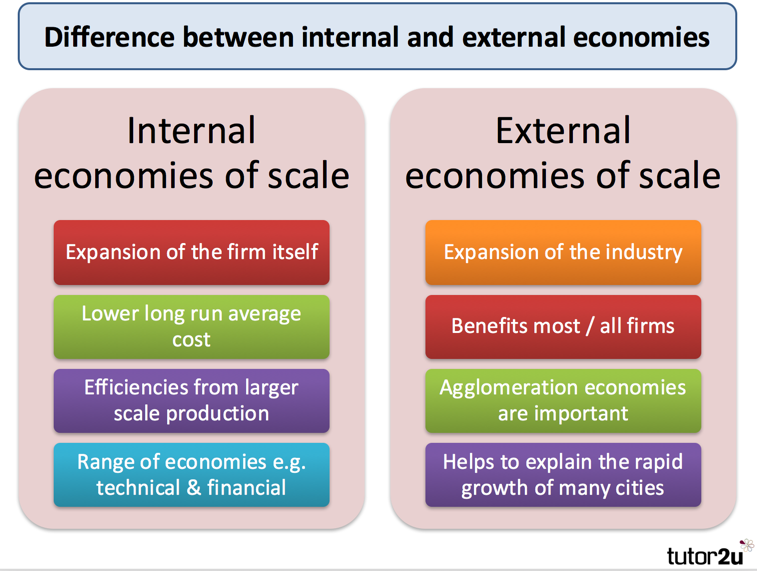 But it's not.
But it's not.
There can be no full menstruation during pregnancy. The endometrium, the layer of cells that lines the inside of the uterus and is shed during menstruation, helps the placenta develop during pregnancy and stays in the body. The cycle of monthly renewal of the endometrium during pregnancy stops. nine0003
However, spotting during pregnancy is not uncommon. Their appearance indicates that there are some malfunctions or pathological conditions in the woman's body. It can be a hormonal imbalance, a threatened miscarriage, and even an ectopic pregnancy.
Unfortunately, many young women underestimate this symptom, believing that periods during pregnancy are possible, and do not worry about discharge. They do not go to the doctor until the situation becomes critical. And in some cases, a timely reaction can save not only the unborn child, but also the life of the mother. nine0003
What causes bleeding during pregnancy
In order to understand how menstruation can start during pregnancy and what should be done, let's turn to the processes that occur in the body of a pregnant woman.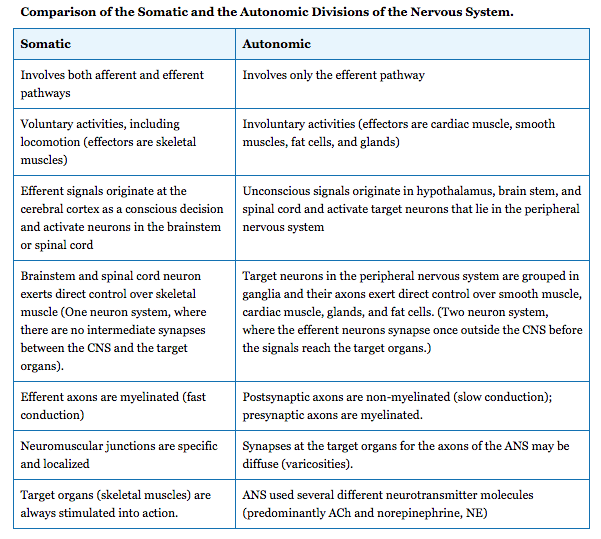
During intercourse, semen enters the vagina and then into the uterus. But fertilization may not occur immediately: spermatozoa remain active for three days. After the sex cells fuse, the fertilized egg attaches itself to the wall of the uterus. This, too, may not happen immediately, but within a few days. If these processes are delayed in time, the usual regular menstruation may begin. In this case, the egg will be fixed in the uterus, the pregnancy will develop normally. A pregnancy test will show a positive result. Alas, this rarely happens. More often, spotting is an alarming symptom. nine0003
Pregnancy and early periods
In some cases, the fertilized egg does not implant in the uterus, but in the fallopian tube or outside the genitals. An ectopic pregnancy develops - a severe pathology that poses a serious threat to the life of the mother and excludes a favorable outcome for the fetus. In an ectopic pregnancy, spotting may indicate a ruptured fallopian tube.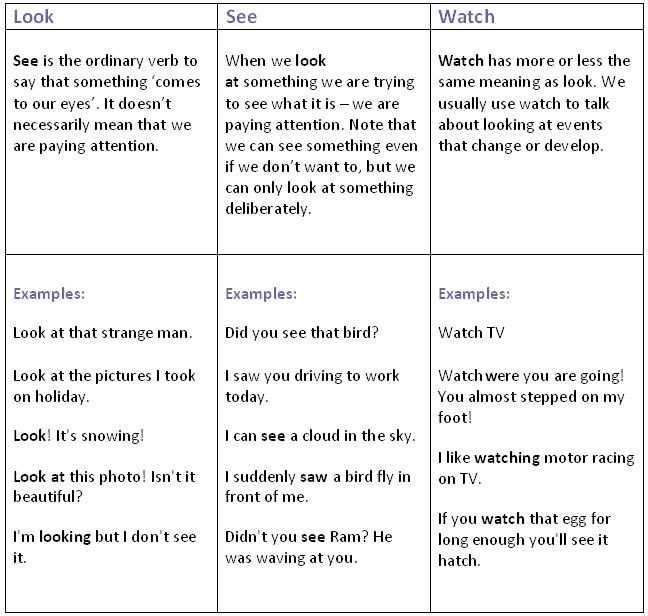 The walls of the fallopian tubes are only 2-3 mm thick, they are inelastic. If an embryo develops and grows in the tube, the wall breaks, internal bleeding begins. This usually happens within 3-4 weeks. In this situation, urgent surgical intervention is necessary. nine0003
The walls of the fallopian tubes are only 2-3 mm thick, they are inelastic. If an embryo develops and grows in the tube, the wall breaks, internal bleeding begins. This usually happens within 3-4 weeks. In this situation, urgent surgical intervention is necessary. nine0003
With detachment of the epithelium and the threat of miscarriage, characteristic discharge may also appear. This is possible with hormonal disruptions in the body of a woman. But sometimes spontaneous abortion occurs due to some internal failures that are almost impossible to predict in advance. If a young woman leads an unhealthy lifestyle - drinking alcohol, other toxic substances, or doing a lot of physical work, this can increase the risk of spontaneous abortion. Allocations will just mean that the process of rejection of the embryo has begun. nine0003
Sometimes the cause of discharge is the death of one of the fetuses during a multiple pregnancy. If the pregnancy is multi-ovarian, that is, several eggs were fertilized, the development of other embryos can continue.